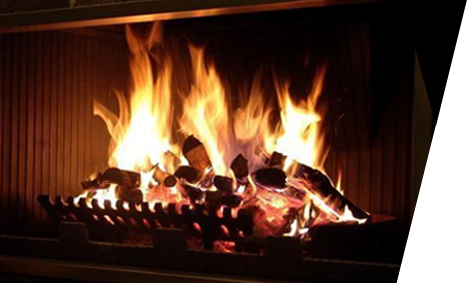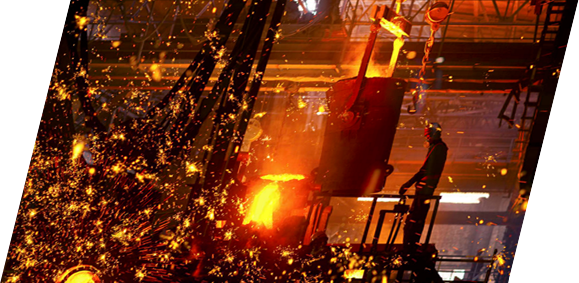Contact Us
Tel:0086-574-66219838
Fax:0086-574-62637985
Post Code: 315400
Contact: Weng Keqing
Telephone:13429261888
E-mail:feida58@126.com

Home / News / Industry News / What does the glass fiber operating tool body do?
What does the glass fiber operating tool body do?
Date:20-05-13
Twistless roving Twistless roving is made from bundles of parallel raw filaments or parallel monofilaments. According to the glass composition, non-twist roving can be divided into: non-alkali glass non-twist roving and medium-alkali glass non-twist roving. The diameter of the glass fiber used to produce glass roving is from 12 to 23 μm. The number of untwisted rovings ranges from 150 to 9600 (tex). Untwisted roving can be directly used in some composite material forming methods, such as winding and pultrusion processes. Because of its uniform tension, it can also be woven into untwisted roving fabrics. In some applications, the roving is further chopped. .
(E79fa5e98193e58685e5aeb9313333303638351) The untwisted roving for jetting is suitable for FRP injection molding to have the following properties: ① good cutting performance, less static electricity generated during continuous high-speed cutting; ② after the untwisted roving is cut into raw yarn The efficiency is high, that is, the beam splitting rate is high, usually more than 90%; ③The chopped strand has excellent moldability and can be covered in all corners of the mold; ④The resin is quickly saturated and is easy to be flattened by rollers It is easy to drive air bubbles; ⑤ The original silk drum has good retreat performance and the coarse yarn density is uniform, suitable for various spray guns and fiber delivery systems. The non-twist rovings for spraying are all made from multiple strands of raw yarn, each of which contains 200 glass fiber monofilaments.fiberglass lamp wick
(2) Untwisted roving for SMC SMC is a sheet molding compound, mainly used for pressing automotive parts, bathtubs, water tank plates, purification tanks, various seats
Fiberglass Gingham
Wait. When manufacturing SMC sheet, SMC untwisted roving is cut into lin (25mm) length and dispersed in resin paste. Therefore, the requirements for SMC untwisted roving are good choppability, less hair, and excellent antistatic properties. When cutting, the chopped strands will not stick to the knife roller. For colored SMC, the roving is to be saturated with resin in a resin paste with a high pigment content. Generally, SMC roving is 2400tex, and 4800tex is also useful in a few cases.
(3) Non-twist roving for winding The winding method is used to manufacture glass tubes and storage tanks of various calibers. The number of untwisted rovings for winding ranges from 1200 to 9600. Large-scale winding pipes and storage tanks tend to have direct rovings, such as 4800tex. The requirements for untwisted roving for winding are as follows: ① good ribbon forming and flat ribbon shape; ② good untwisting roving with good releasability, no looping when unwinding from the bobbin, and no "bird's nest" shaped messy wire; ③ Uniform tension and no overhang; ④ Uniform linear density, generally less than ± 7%; ⑤ Non-twisted roving has good permeability, easy to wet and soak the resin when passing through the resin tank.
(4) Non-twisting roving for pultrusion Pultrusion is used to manufacture various profiles with uniform cross-section. It is characterized by high glass fiber content and large unidirectional strength. The twistless roving for pultrusion can be a combination of multiple strands or a direct twistless roving with a linear density ranging from 1100 to 4400. Various performance requirements are basically the same as those of winding roving.
(5) Non-twist roving for weaving An important use of non-twist roving is to weave checkered fabrics or unidirectional untwisted roving fabrics of various thicknesses. They are mostly used in the process of hand-laying FRP. The requirements for strong twistless roving are as follows: ①good abrasion resistance; ②good tape formation; ③weaving twistless roving needs to be dried before weaving; ④the twistless roving has uniform tension and the drape should be Meet certain standards; ⑤The twistless roving has good resolving property; ⑥The twistless roving has good permeability.
(6) Non-twist roving for preforms In the pre-form process, the non-twist rovings are chopped and sprayed on a net of a predetermined shape, while spraying a small amount of resin to fix the fiber web, and then move the formed fiber web into The metal mold is filled with resin and hot pressed to form the product. The performance requirements for the twistless roving of this process are basically the same as the requirements for the jetted twistless roving.
Twistless roving fabric (checkered cloth)
Gingham fabric is a non-twist roving plain weave fabric, which is an important base material for hand-layed FRP. The strength of the checkered fabric is mainly in the warp and weft directions of the fabric. For occasions requiring high warp or weft strength, it can also be woven into a unidirectional checkered fabric. It can be arranged in the warp or weft direction with more rovings .
The quality requirements of the checkered cloth are as follows: ① The fabric is uniform, the cloth edge is straight, the cloth surface is flat and mat-like, no stains, fluff, creases, wrinkles, etc .; ② Warp and weft density, area weight, cloth width and roll length are average Meet the standard; ③ Wind on a firm paper core and wind neatly; ④ Quick and good resin permeability; ⑤ Dry and wet mechanical strength of the laminated material made of fabric should meet the requirements.






